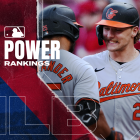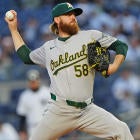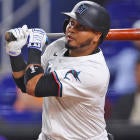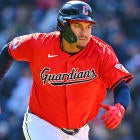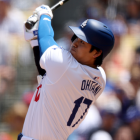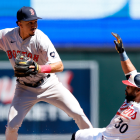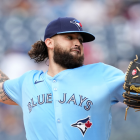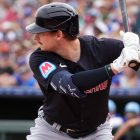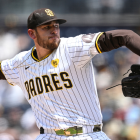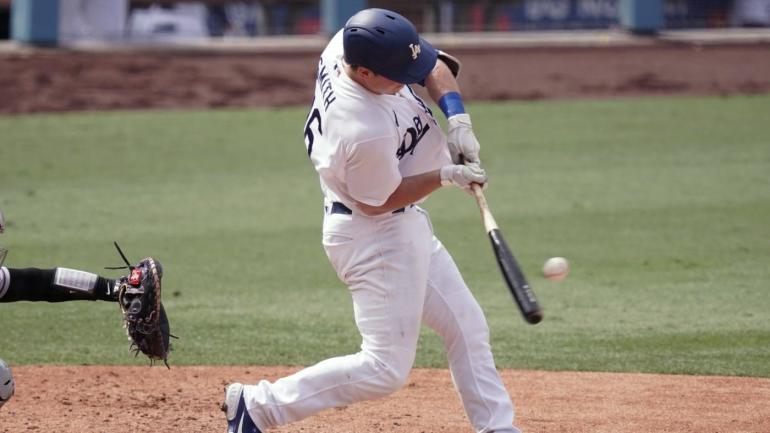
The easiest way to explain why the Los Angeles Dodgers have the best record in baseball is to say that they're good at everything: scoring runs, preventing them; recording hits, recording outs; and so on. That dynamic extends to talent acquisition. The Dodgers have traded for MVPs and have signed All-Stars, but they have also unearthed gems on minor-league deals and have developed homegrown stars.
The latest example of that is 25-year-old catcher Will Smith, who, in his first full big-league season, has shown some signs of being an elite hitter.
Smith entered Tuesday batting .303/.432/.618 (182 OPS+) in 95 plate appearances this year. His 178 wRC+ (FanGraphs' catch-all offensive metric that adjusts for ballpark) is the highest among catchers with at least 90 plate appearances, and it's the best by a wide margin -- second-place belongs to Kansas City's Salvador Perez, who has a 140 wRC+. Independent of position, Smith ranks fifth in the majors in that metric, ahead of the likes of Mike Trout, Fernando Tatis Jr., Tim Anderson, and nearly every other notable hitter who isn't named Juan Soto.
Those numbers would be impressive on their own, considering Smith's position and his positive defensive reputation, but they're emboldened by some marked improvements in his plate discipline. Whereas he chased about 22 percent of the pitches he saw outside of the zone in 2019 (a better-than-average number), this year that rate is down to 10 percent. He's swinging less often overall, and making contact more frequently when he does. His overall whiff rate has halved, from 25 percent to 12.5 percent, and his in-zone contact rate is up to 91.8 percent.
Smith isn't just swinging a wet newspaper up there, either. His average exit velocity is at 92.3 mph. Between that and his in-zone contact rate, he's a part of what can be called the 90-90 Club. It boasts a small but productive membership that, as of Saturday, included Mookie Betts, DJ LeMahieu, Anthony Rendon, Robinson Cano, Yuli Gurriel, and Nick Solak. Everyone, save for Solak, had an OPS+ of 100 or better, and three of the seven were over 150; Smith is at 182. As it turns out, hitting strikes often and hitting strikes hard is a good recipe for success.
While Smith's growth has come in a small sample, the areas in which he's made progress tend to stabilize quicker than the traditional slash-line numbers because of the difference in denominators. It's easier for a true-talent .250 hitter to bat .300 than it is for a free-swinger to command the zone the way Smith has, even in an equal number of at-bats. The former analysis concerns only 100 events; the latter, conversely, deals with about 400 instances.
Even with that established, Smith is probably not going to be one of the best hitters in baseball heading forward. What he might be, based on his career to date and the progress he's made in a short period of time, is one of the better catchers in baseball. That, almost by default, would make him one of the game's top overall players. Should that come to pass, the Dodgers would have yet another high-grade player on their hands -- as if they needed the help.














